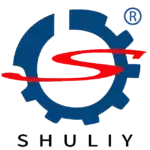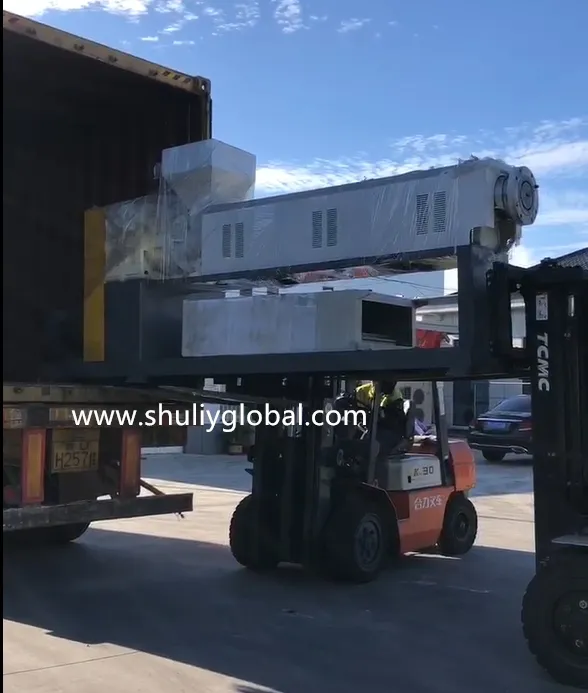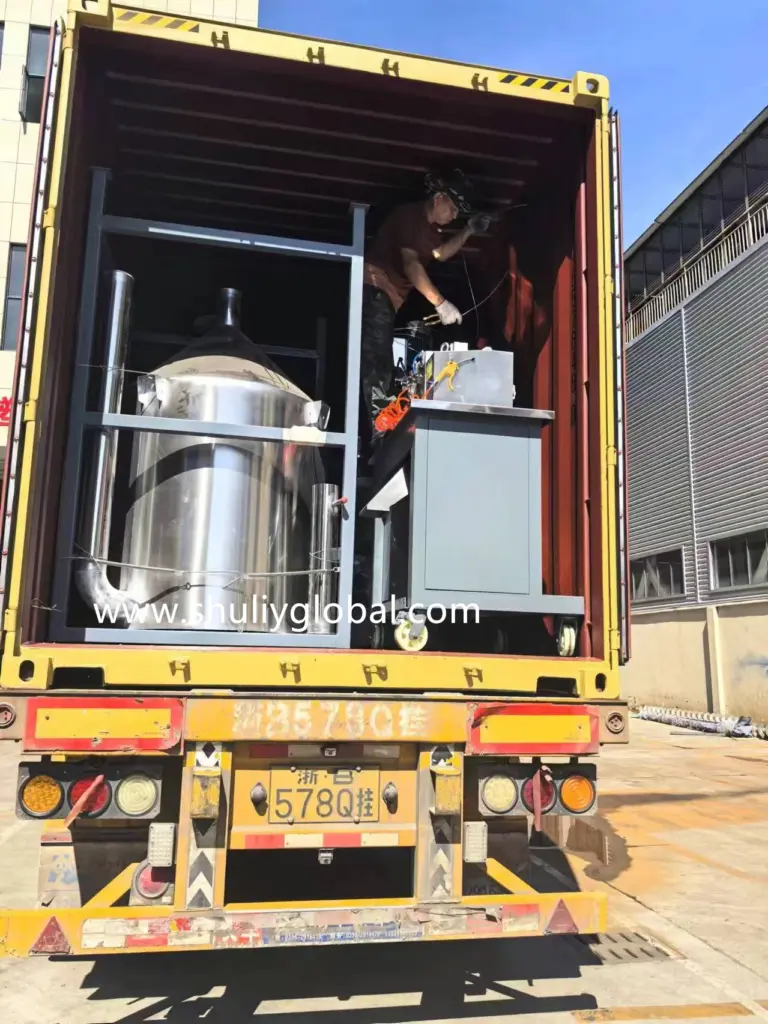PET Bottle Recycling Washing Line To Congo
In April 2024, a customer ordered a 1000kg/h PET bottle recycling washing line to Congo. Now the machine has been sent to Congo and we are looking forward to receiving his feedback.
Congo PET Plastic Recycling Washing Line Machinery Details
This set of core equipment of PET plastic recycling washing line includes PET plastic crusher, PET bottle label remover, manual picking table, plastic flake washing tank and plastic flake dryer, etc.
If you are interested in this complete set of plastic washing line, welcome to contact us via Whatsapp/Wechat or leave a message on our website. We will contact you and send you more information.
What is PET plastic recycling washing line?
A PET plastic recycling washing line is an industrial system that washes and processes post-consumer or post-industrial PET (polyethylene terephthalate) plastic waste, converting it into clean flakes that can be reused in the production process. PET is commonly used to make bottles, food containers and packaging, so recycling is essential for sustainable development.
Key components of a PET recycling washing line
1. Conveying and sorting system
– Conveys waste PET bottles to the line.
– Manual or automatic sorting (e.g., removal of non-PET materials such as caps, labels, PVC, etc.).
2. Pre-washing (crushing and rough washing)
– Plastic crushers or plastic shredders break bottles into small flakes.
– Hot pre-wash tanks remove loose dirt, labels and adhesives.
3. Label and cap removal
– Float-sink separation removes the caps (usually PP/PE, which float on the water) from the PET bottle flakes (which sink).
– Friction washers or label removers tear off the remaining labels.
4. Deep Cleaning and Washing
– High friction washers scrub the flakes to remove stubborn contaminants.
– Chemical washing (optional) uses caustic soda (NaOH) to dissolve glue and residues.
– Hot water rinse ensures thorough cleaning.
5. Dehydration and Drying
– Centrifugal dryers remove most of the water.
– Hot air dryers (or thermal dryers) evaporate the remaining water.
6. Metal and Final Contaminant Removal
– Metal detectors or eddy current separators remove metallic impurities.
– Air separation or optical sorting removes remaining non-PET particles.
7. Storage and Packaging
– Cleaned PET flakes are stored in silos or packaged and sold to manufacturers of plastic products.
Final Products:
– Cleaned PET flakes (for new bottles, polyester fibers, sheets, etc.).
– By-products (HDPE/PP recycled from bottle caps, residual waste for energy recovery).
PET washing line installation considerations:
– Capacity: small (1-2 tons/day) to large (10 tons/day and above) systems.
– Automation level: manual sorting vs. fully automatic sorting.
– Water recycling: closed-loop system can reduce water consumption.



